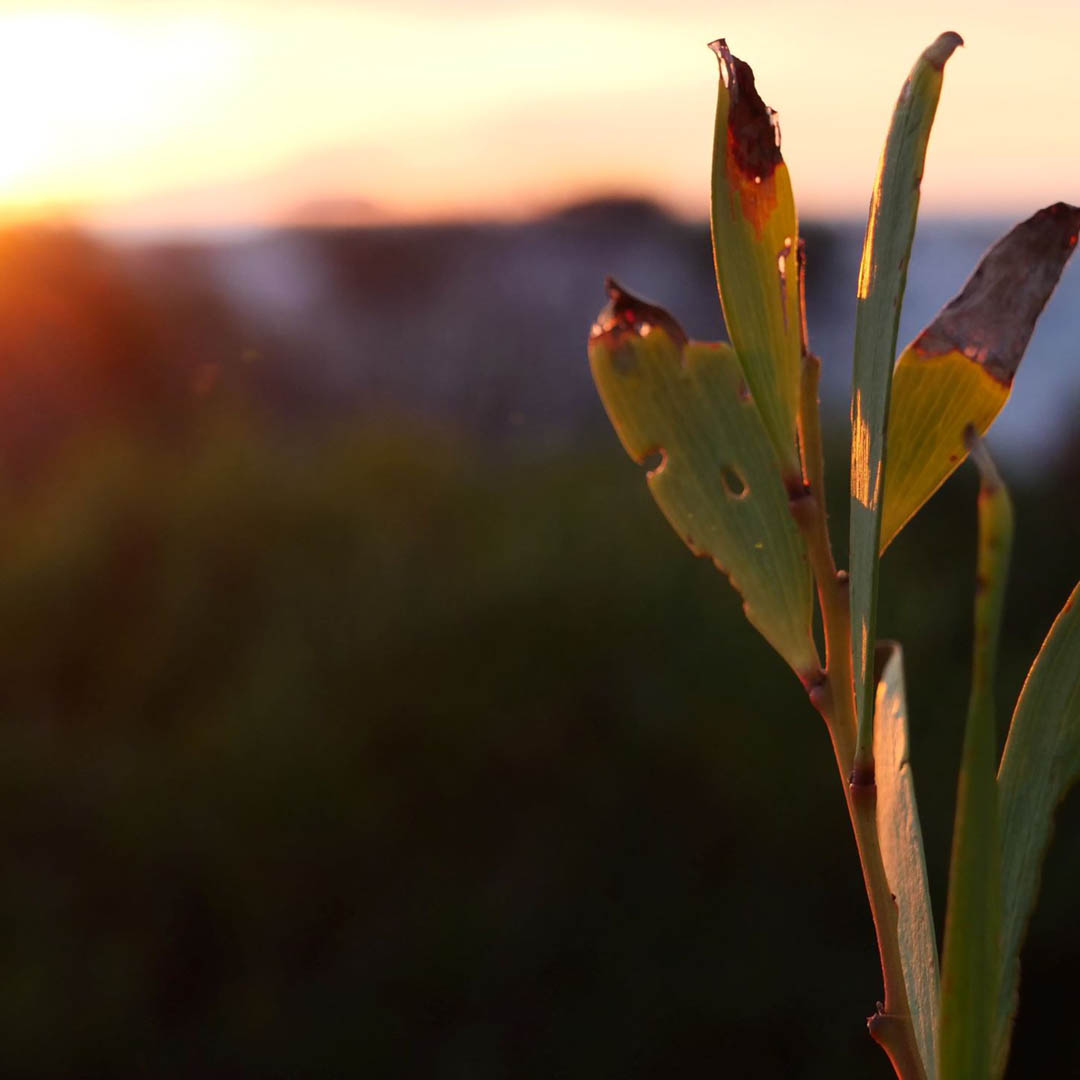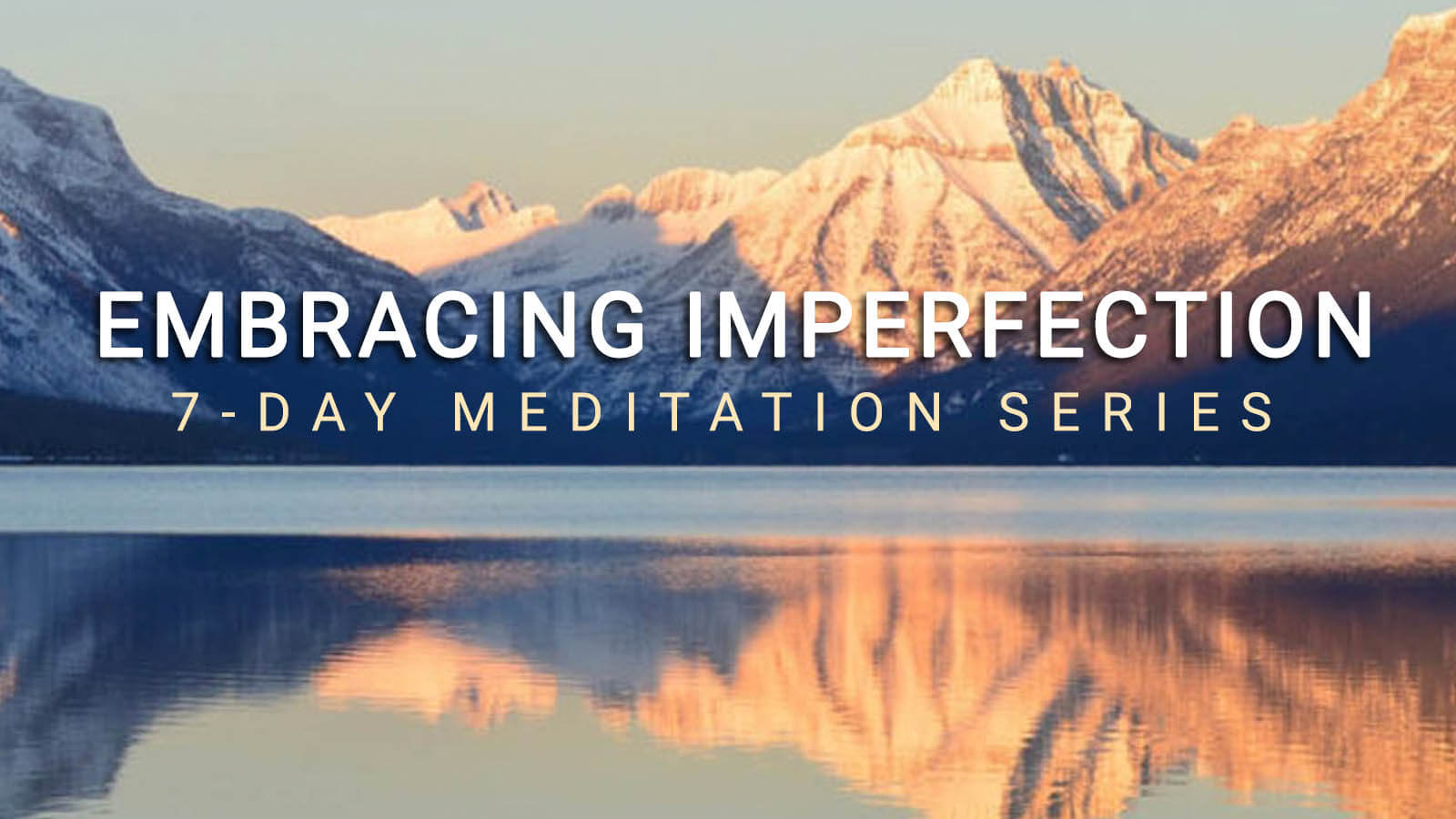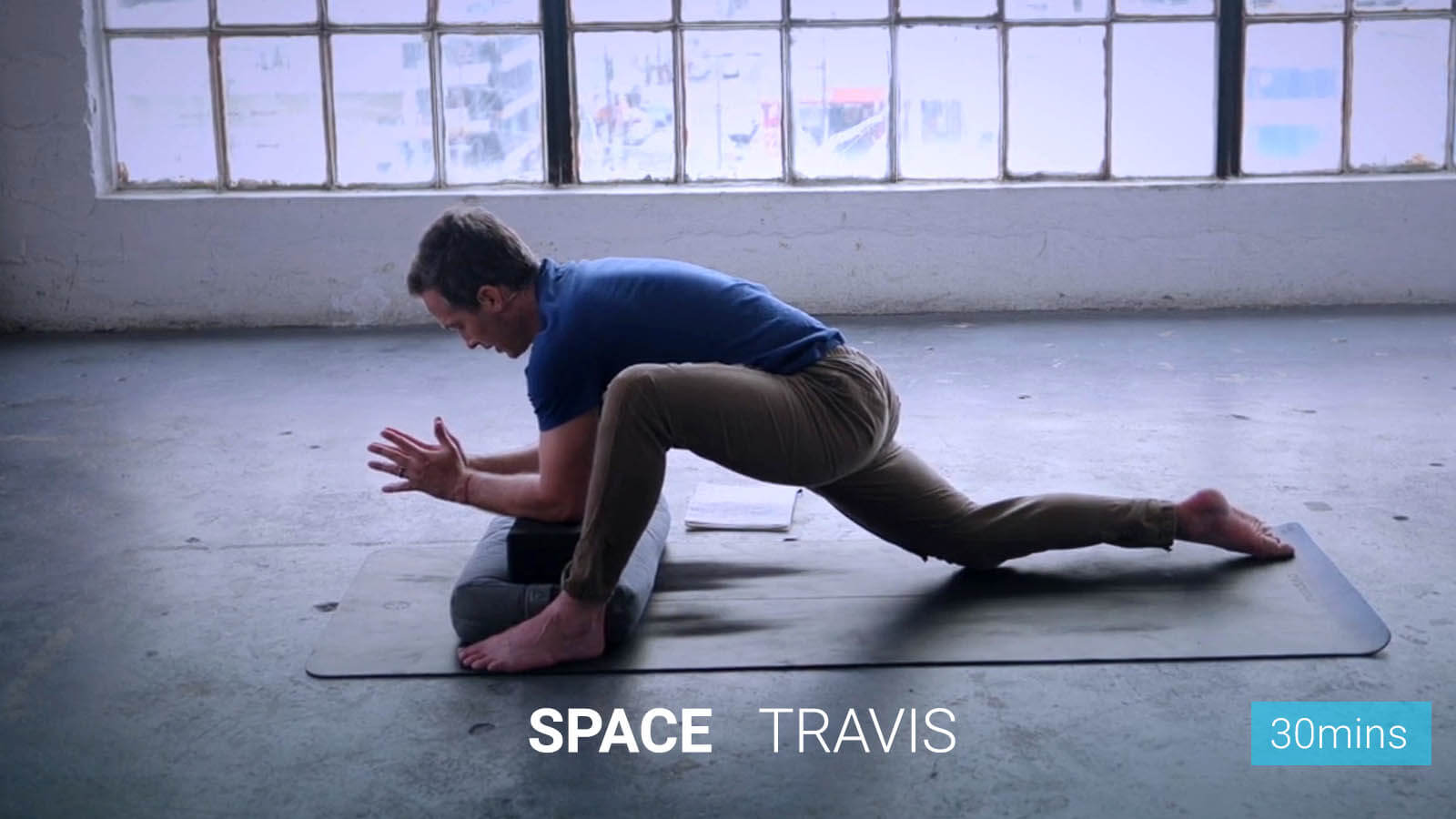Inner Reflections
October 22, 2019
EPISODE 36
The BEAUTY of IMPERFECTION
The reality of living, as human being, is we all face imperfection.
Very often, perfectionism can be shield trying to protect our vulnerabilities and perceived weakness.
In this podcast, we will explore why letting go of perfectionism can help you live a more powerful and authentic life.
Hope you enjoy this inspiring episode!
Thank you for supporting the podcast by rating, reviewing, subscribing and sharing with your community!
Tell Your Friends & Share Online!
Subscribe & Review: iTunes | Spotify | Stitcher | Youtube

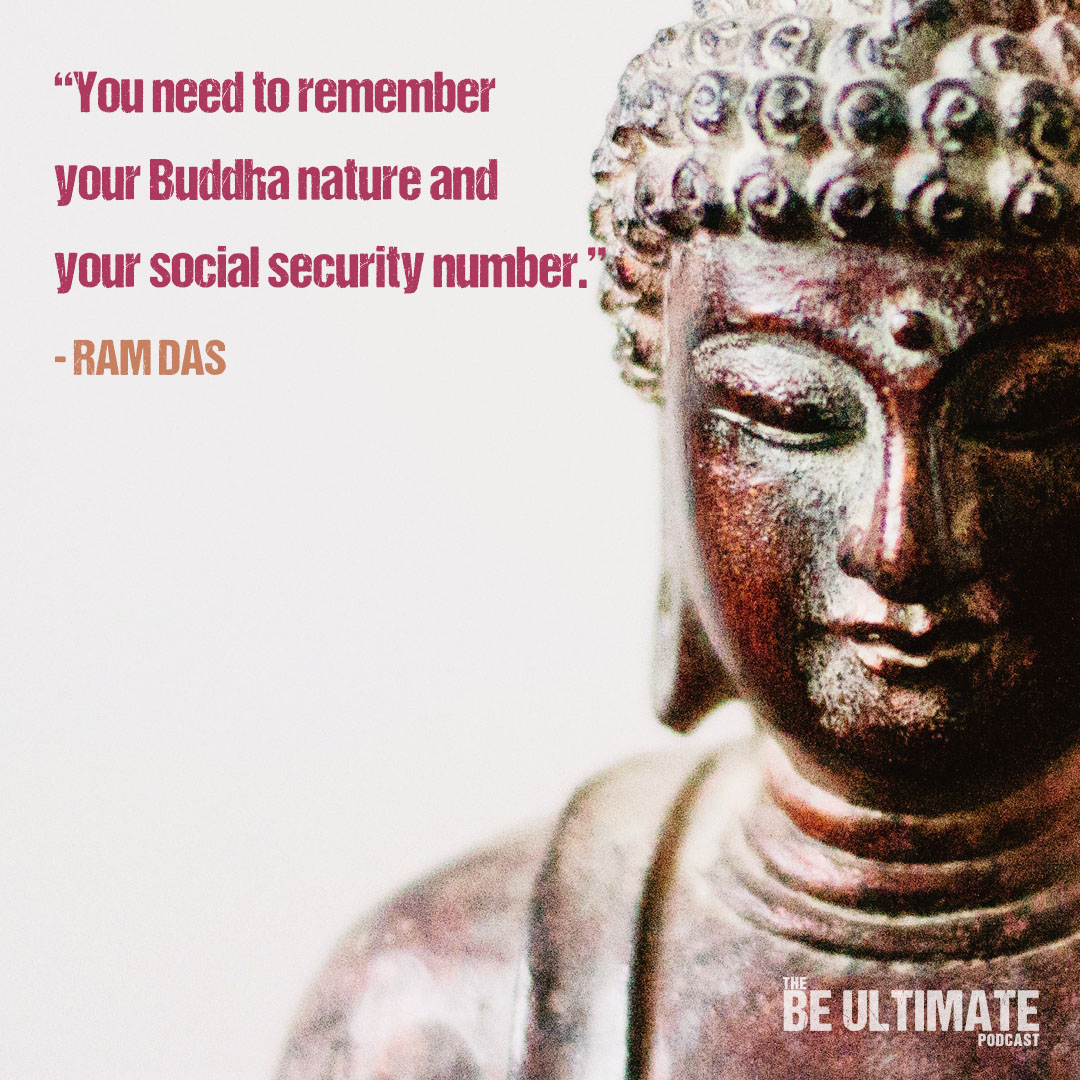
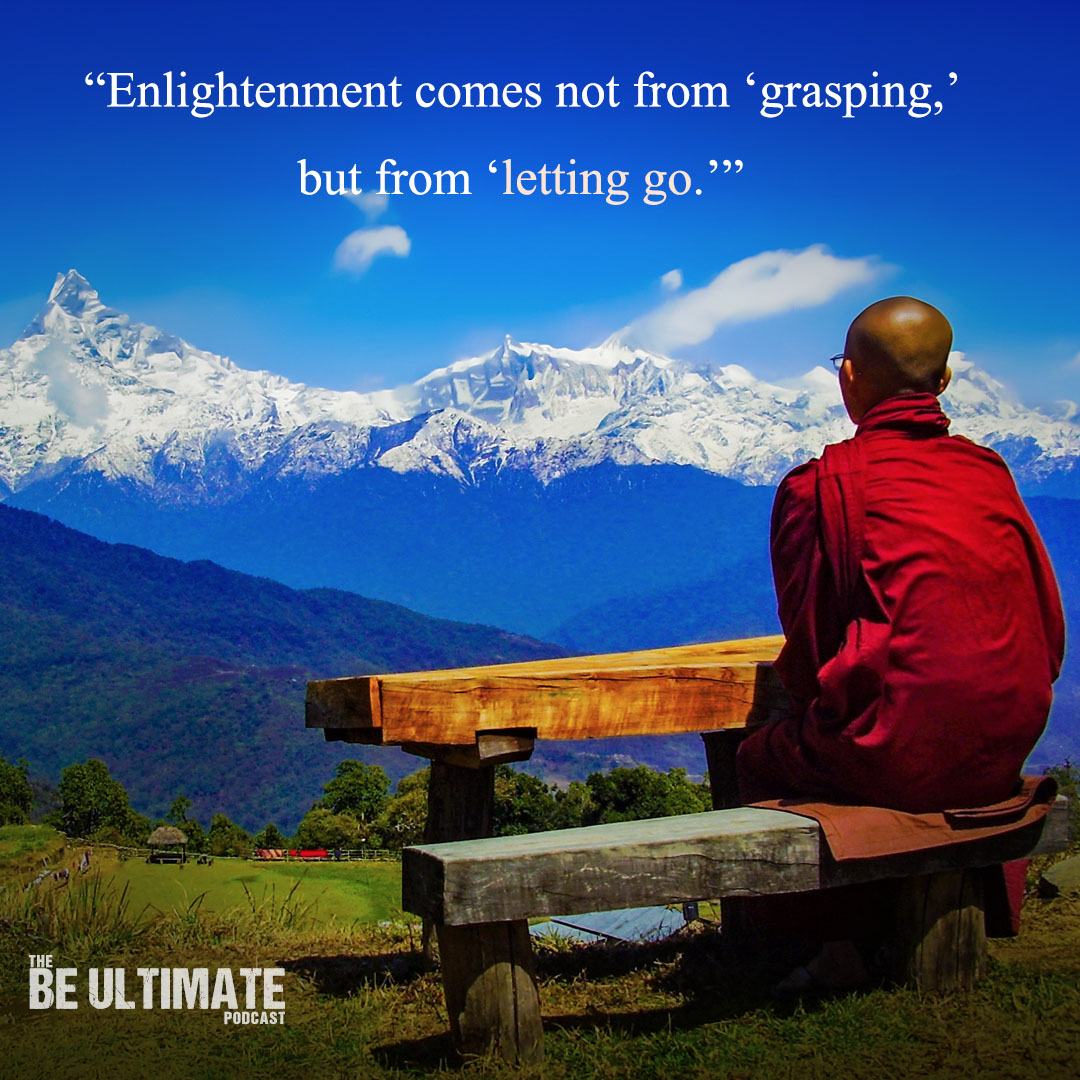


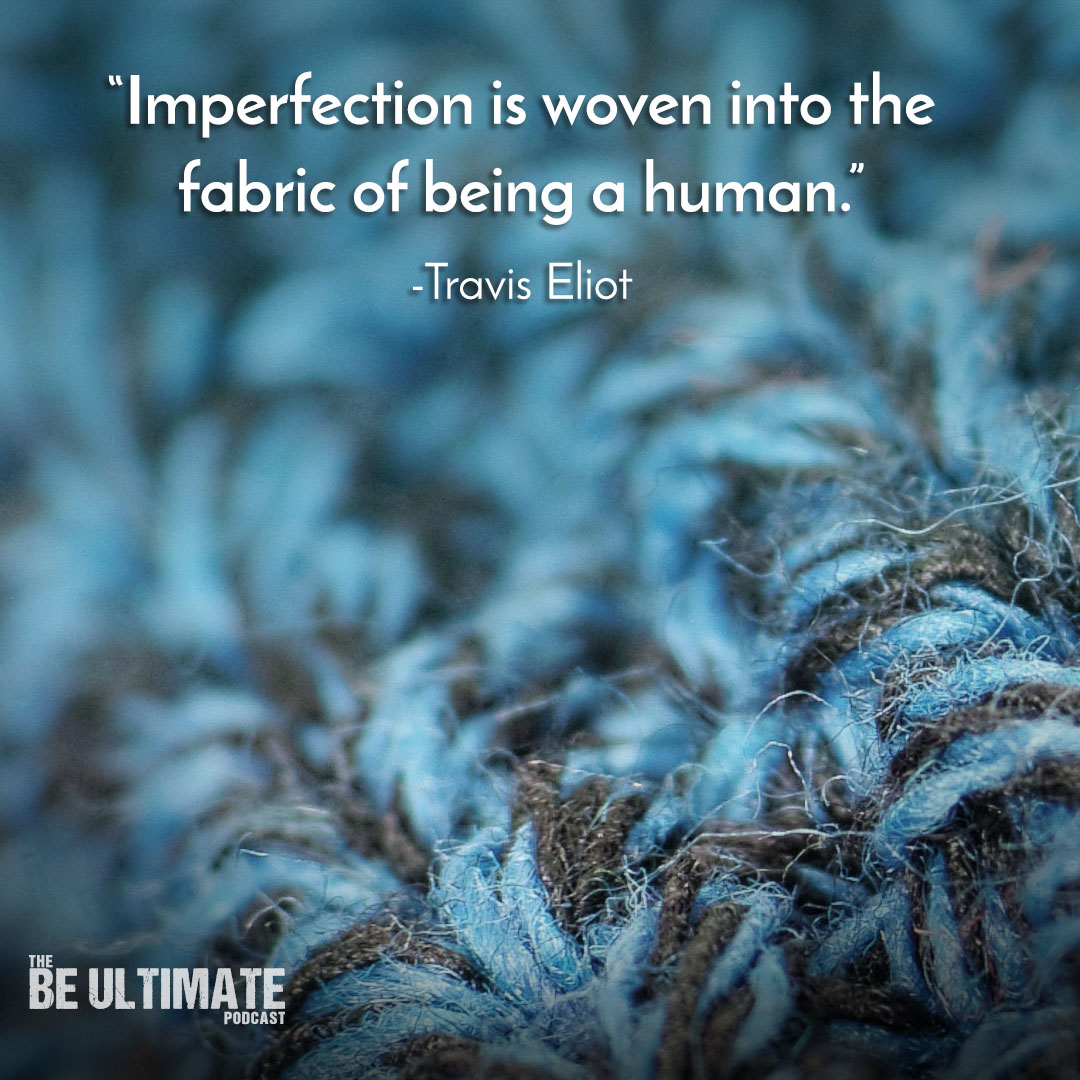
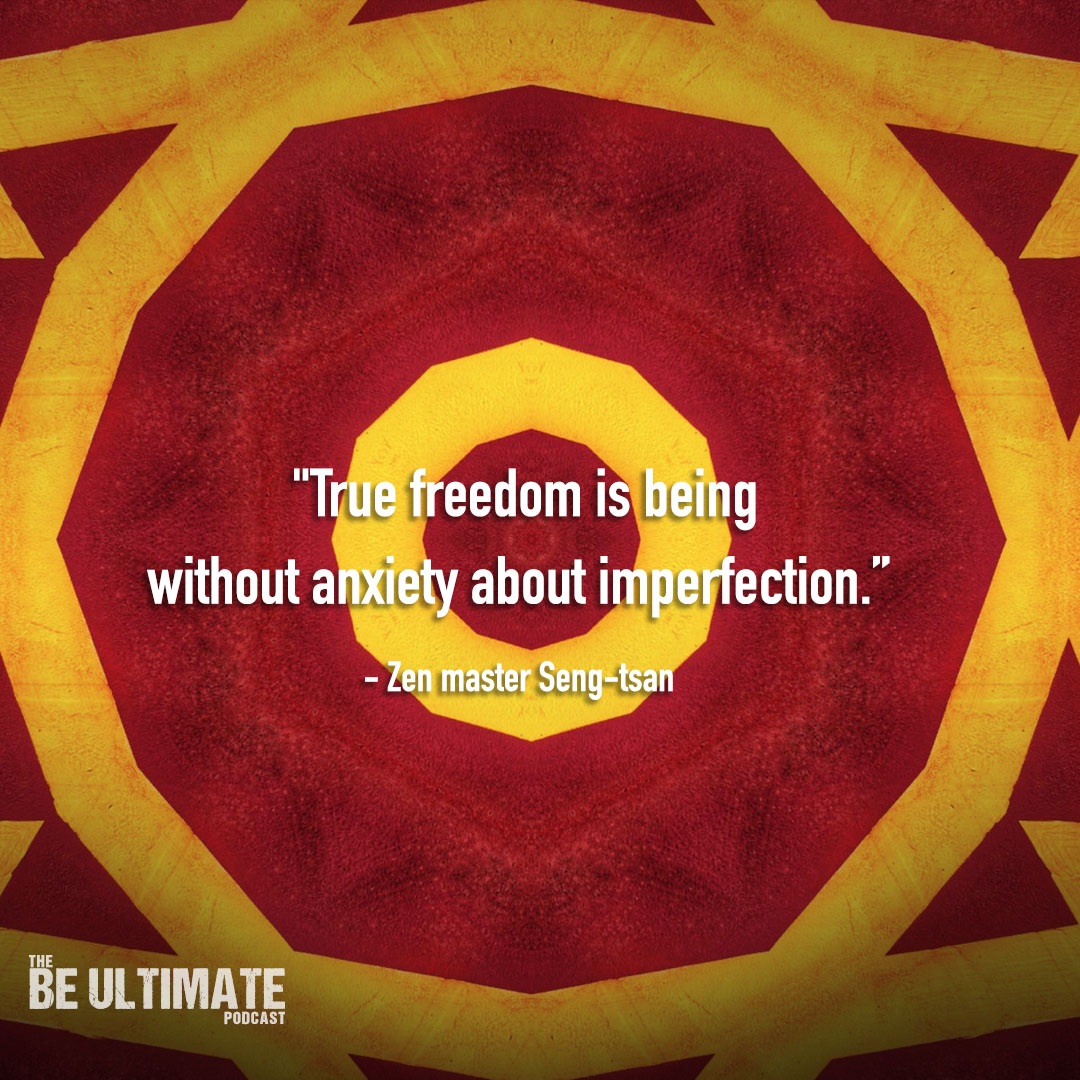
FULL TRANSCRIPT [The following is the full transcript of this episode of “The BE ULTIMATE Podcast.” Please note that this is direct from Travis speaking unscripted and unedited.]
Welcome to the BE ULTIMATE podcast, episode number 36, The Beauty Of Imperfection.
“True freedom is being without anxiety about imperfection.”
-Zen master Seng-tsan
The quote above, for some of us can be a tough pill to swallow. I’ll be the first to admit. This isn’t always easy for me as well. There is a part of us that very often wants to come across as perfect. We want to be perceived as smart enough and good looking enough and fit enough and all these things.
But the reality is wanting to be perfect and wanting to be perceived perfect all the time can have a shadow side. There is nothing wrong with wanting to do your best and to really put out amazing things in the world. But I want to explore in this podcast something that’s not really talked about enough in our society and our culture, and that’s the ideas that whether we like it or not, part of being a human being is that we have imperfections. We have vulnerabilities.
I think about some companies that I’ve worked with in the past, companies that have put out yoga and meditation content and the people that would run these companies, every thing had to be controlled. Everything had to be perfect and flawless. The meditation scripts had to be completely edited. Everything was looked over and revised over and over and over again. And again, not to knock this idea of really taking things seriously and wanting to put out amazing content, but this can become a big obstacle.
When you overdo and overthink something and you overly try and perfect something before releasing it, sometimes it steals away the soul, that X factor that really makes content and material come to life.
One thing that I hear from you guys all the time is whatever Travis puts out is high quality. It’s top notch. So thank you. Thank you for that compliment. Whether it’s a book or yoga program or whatever it is, obviously, I try and put out stuff that is super, super high quality, but at the same time, you could be a musical recording artist, and you’re trying to perfect your album for ten years, and you never want to release it. You never want to put it out. And this is what I’m talking about with some of these companies that I’ve worked with, and ultimately, at the end of the day, they did not succeed.
Imperfection is woven into the fabric of being a human.
Amazing wisdom cultures have wisely embraced imperfection. I’ll give you two examples. One is there is a form of Japanese pottery, and when the pottery cracks or when the pottery breaks, instead of throwing it away, instead of starting all over again, what they’ll do is they’ll actually highlight it. Sometimes, they’ll even put gold into those areas where the cracks are. So instead of denying the cracks in the pottery, it actually highlights the cracks and the imperfection in the pottery, and it becomes part of the art.
Another example are the Navajo rugs, and these Navajo rugs also have imperfections woven into the rug as a way to say, “Hey, life, being a human being, being in relationships, this world has imperfections, and we’re not going to deny that. We’re going to embrace that. That’s part of the experience.” So imagine if you, me, we re-frame the way that we looked at our own imperfections because to deny imperfection is to deny what it means to be a human.
“Perfection is not a prerequisite for anything but pain.”
-Donna Faulds
If you are moving down this path of needing everything all the time to be perfect, what are you going to create for yourself? You’re going to create suffering. You’re going to be unhappy. You’re going to be miserable because this isn’t a realistic goal that’s attainable. So you’re always going to fall short of being perfect. And so you’re going to be moving through your life, and you’re always going to be unhappy. You’re never going to feel gratitude and appreciation for what you have because you never reached that illusion of perfectionism.
I’ve had to work with this within my own career. Again, I had spoke earlier about the yoga programs and the books. And for example, when we film a yoga class and a yoga program, we, 99% of the time do it all in one take. And I trip over words. There are students that fall out of yoga poses. There are things that happen when you’re filming a 60 minute class without cutting which is usually unheard of. There are going to be imperfections within that, but the beauty of that is, it keeps it real. It keeps it authentic.
I’ve also had the honor of making a couple of yoga books. First yoga book, I got to do with my wife, Lauren. Second yoga book, A Journey Into Yin Yoga, and again, you’re creating this work of art. You’re putting months and months of energy and time into this thing. And again, just like the musical recording artist, at some point, you have to let it go. So some people talk about this idea of 90/10 or 80/20 percentage, and that’s the idea that when you get to 90% of feeling good about what it is that you’re offering, be cool with that. That other 10% could take the rest of your life to perfect. So be cool with that 90% or that 80% and share it. Share it with the world.
Same thing within this podcast. Like right now, there’s an airplane flying overhead. I don’t know if you can hear it, but we could go crazy. I could go to a recording studio. I could go to a sound booth. I could record this podcast in a much more professional environment than my home. Sometimes where you have the leaf blowers going. You have car alarms going off, whatever it is, but this is where it feels good to do the podcast. This is the place where I come alive, and if there’s those sounds, so be it, right?
It’s all about the content, and that’s what really matters.
Perfectionism is one of the biggest obstacles to sharing your gift.
We don’t want to share it because we’re scared to get criticized or scared to be judged. Again, we are always presenting this facade; a needing to be smart enough, good looking enough, talented enough, whatever it is, and that’s the big illusion. And what I want to illuminate and hopefully inspire within you is to say, “Hey, this is who I am. Yeah, I’m striving to be my best. I’m always working to be my best, but I’m a work in progress. And I’m also a human being. I’m not some AI robot. I’m supposed to make mistakes. I’m supposed to be imperfect.”
I love the way author Brené Brown, who is a leading researcher of vulnerability, the way she describes it. She calls it the SFD, and what the SFD stands for is Shitty First Draft. The SFD is the thing that keeps us from writing the book or recording the album or starting the business or sharing the photography or whatever it is that we do, we don’t want to move through that Shitty First Draft, but that’s part of the process of genius. Moving through that, this is what the greatest writers, the greatest thinkers, they’ve all moved through that SFD.
So instead of denying it, instead of running away from it, instead of being scared of it, “Oh, My God. There’s that SFD. I’m just going to get paralyzed and not do anything at all,” say, “Hey, let me move through that, and let me move through it many, many times because I know on the other side of the SFD tunnel is going to be something that’s going to be a really amazing contribution.”
Now, perfectionism also shows up, in our spiritual practices, whether that’s yoga, meditation, or whatever it is that we do. And one of the biggest ways that this shows up is, for example, if we go to meditate – and this is really what stops a lot of people from meditating – is they want their mind to be perfectly peaceful.
I don’t know about you, but it’s not that often that your mind gets completely silent with no thoughts at all. I’ve been meditating since I was 9 years old, and this is a rarity. So to expect for your mind to always be perfectly peaceful when you go to meditate or when you go to do your yoga practice is again you’re setting yourself up for failure. This is an unrealistic goal.
“My mind is like a bad neighborhood. I try not to go there alone.”
-Anne Lamott
I love this quote because it’s like, “Yeah, there’s some weird stuff going on inside of me. There’s some imperfection. There’s some demons. There’s some monsters lurking around in there. There’s some shady people hanging out in my mind. So when I meditate, I’m not going to be surprised when I come up against my own anger, irritability, or frustration, or judgment, or criticism or whatever it is. I’m going to say, “Hey, that’s just part of being a human being.”
Now, another way that this can show up within our spiritual practice is a need for our environment to also be perfect. We want the sounds to be perfect. If we hear some strange sound, for some people, it can really rattle them and take them out of their practice. If they hear somebody coughing or sneezing or heavy breathing or a car alarm going off in the background, it just completely takes them out of the practice.
But you can’t control your outer environment. You can’t always control the temperature. You certainly cannot control other people. So instead of needing your environment to be so perfect, embrace the imperfections within the environment.
If you’re meditating and sounds are going off or doors are slamming in the background or your teenager’s just for whatever reason making a lot of noise, instead of fighting it, embrace it and know people can be weird. When you’re in the yoga class, when you’re in the meditation class, look, people can be totally, totally weird.
I’ve been on these long meditation retreats, and I’m like, “What is that person doing in their chair over there? It sounds like they’re doing the Boot Scootin’ Boogy,” or something! They are moving around the whole entire time, and it’s tough. It’s like, “Would you just settle down?” And the judgment comes up and the criticism comes up, and then, it’s like, “All right. The practice is to let go. Let go of the judgment. Let go of a need of the environment to be perfect,” and be like, “Look, this is what’s arising right now. This is what’s coming up. Let me work with that.” I can’t make that person be still.
What I can work on is my reaction to it. And that’s a big deal because when you try and control things that you have no control over, this is called rope burn. So how about we learn to let go of the rope?
I’ve had the fortunate experience of meditating in solitary confinement inside of a maximum security prison. And it was one of the greatest meditation experiences of my life. I got to go in there with my wife, Lauren, and two of the inmates. We sat down in one of the inmates’ old cells. The guards and the staff, they stood outside.
But look, while we were meditating, in the background, steel doors were banging shut. People were yelling. I mean there were all sorts of sounds. It was cold. It was uncomfortable. I’m sitting on the concrete floor. I have the edge of a metal bed piercing into my back, but I didn’t care. What I cared about was just being present in the company that I was with and helping this inmate find some peace.
I figured if I can meditate in solitary confinement, in that setting, I can do it anywhere. And ultimately, in India they say, “If you really are an advanced meditator, you should be able to go to the busiest market place; you should be able to sit down; you should be able to access calmness without allowing any of those distractions around you to pull you out of your equanimity.”
We have this part of our brain that’s often wired to look and search for the negative. And some people, wherever they go, they’re looking in their environment, “What’s wrong with this picture?” They’re also doing that with people they’re in a relationship with.
Can you imagine being in a relationship with somebody that’s always looking for your negative qualities? How’s that going to make you feel? Not so good, right?
So if we’re always searching for what’s negative in our environment, and we’re not doing this work, then we’re going to create a lot of unhappiness, a lot of misery, and a lot of suffering for ourselves.
We have this part of our brain called the reticular activatoing system. And this reticular activating system, it’s the part of the brain when you say, “You know what? I think I want to get a black Jeep,” whatever car you want to get, and you’re thinking about getting this car, and then you’re driving around, and all of a sudden, you start noticing this car everywhere you go. There’s the car at the grocery store. There’s the car driving down the freeway. You’re seeing this car everywhere, and that’s due to this part of the brain that gets activated, and then it starts to notice that object or that theme within your environment.
We want to make sure the reticular activating system isn’t hyper vigilant in the sense that it’s always wired to search out with what’s wrong within the environment, that really we can do the opposite and we can focus on what’s good about the environment, or what’s good within the other person you’re in a relationship with.
So the practice is about letting go. And when you let go, when you’re less tight and constricted and rigid, what happens is you create more space.
The Buddha used the metaphor of, “If you take a teaspoon of salt and the salt is symbolic of negativity, and you pour the teaspoon of salt into a small cup of water, then the negativity of the salt pollutes the environment of the water. But if you take that same teaspoon of salt and you pour it to a big open lake, the spaciousness of the lake, the vastness of the lake easily diffuses the negativity of the salt, and the lake remains pure and clear.”
This is what it means to be spacious. To be spacious within your mind, to be spacious within your heart so you no longer sweat the small stuff.
Look, I’m going to call it like it is.
Have an open and spacious mind. You only sweat the small stuff when you’re small minded.
So let go. Let go of a need to be perfect. Let go of a need to always be in control and get more spacious, and allow those minor, small negativities and speed bumps that you encounter within the road of life, allow that to become less bumpy. Allow it to affect you less and less and less. This is why your yoga and your meditation practice is so important.
There was a woman who worked in the corporate world, and she was crushing it. She had a huge bank account. She had the job of her dreams, the house of her dreams, the clothes, the wardrobe of her dreams. From a external perspective, she had it all. She was the epitome of success. But despite all of this physical and materialistic success, she knew that something was missing. She felt empty, and she felt something lacking. When she took a real look within, she felt unhappy. She knew that something was missing.
So she decided to move to the east. She decided to go to a spiritual temple, and she sold off her belongings, and she bravely and courageously left and went to this temple. Her goal was to become enlightened. She wanted to become awakened. She wanted to become spiritually self-realized. But she noticed several months onto this new path that her old stuff was coming up. She was still getting angry and irritated and frustrated at other people that were in the temple, other participants. They weren’t as clean as she were. They weren’t as quiet as she was. They weren’t always as respectful as she was. She also noticed that sometimes it got really, really hot. She was uncomfortable in the meditation hall. The food was bland. It was lacking in flavor. Her reticular activating system was firing with all the things wrong in her environment.
She was frustrated because she had given up so much to move on the spiritual path, and she felt like she was actually going backwards. So she went to go see her teacher, and she expressed her frustrations to him. She said, “How can I become enlightened? I came here to become enlightened, and this isn’t working. What can I do? Please help me.” The teacher suggested she gather her few belongings and go up this path that would be remote, and it would take her to this area high on top of this hill that would be far remote from everybody else so she could have more privacy and not be bothered by the noise and the behavior of some of those weird people.
So she did that. She got her belongings, and she began to climb up this path. And as she got higher and higher up this path, this fog started to roll in, and this fog was really dense. Eventually, she could see this figure coming down the path towards her, and this figure, shadowy-like had a big hat and a big bundle of sticks tied on his back. She recognized this figure from some of the stories that her teacher had shared where this figure often shows up right before somebody is about to become enlightened.
Eventually, she got closer to the figure, and she said, “Excuse me. Could you please, please tell me how to become enlightened?” Without saying a word, the figure dropped his bundle of sticks on the ground. And then she got the teaching. She got the insight. The insight was enlightenment comes from letting go.
Not within striving, not within needing to control, not within needing things to be perfect in your environment, perfect in your mind, but actually within the act of surrender, of just letting go.
And then she asked the figure. “But what happens next?” And again, without muttering a word the figure slowly knelt down, gathered the bundle of sticks, wrapped it back up, threw it on his back and quietly proceeded down the path. Then she received the second teaching, after the enlightenment, we still have to tend to our worldly affairs.
“You need to remember your Buddha nature and your social security number.”
-Ram Das
This is the paradox of being a human being.
So here is your call to action. Here is your takeaway.
1) Notice in your life where is perfectionism stopping you? Where is it holding you back? Where is it limiting you? Where are you not moving through your SFD? Think about this. Reflect upon this, and then move through that SFD. Let it be messy. Let it be imperfect. Let it be ugly. Let it be what it is, and embrace that part of the journey because it’s only one phase of the journey. It’s not the end of the story.
2) Be aware of where perfectionism might be harming your relationships. Again, do you need your child or your beloved or whoever it is, do you need them to be perfect all the time because if you’re doing that to them, then that’s not realistic in the same way it’s not realistic for you. So love, love, and bring compassion and kindness to the imperfections within your child, within those people that you share relationships with. This also is applicable to your teachers. No teacher is perfect. Sorry. Every teacher is going to have their imperfections. This is why in Tibet they have what’s called the Two Valley rule. And the Two Valley rule is, “Always stay at least two valleys away from your teacher because if you get too close to your teacher, you’re going to realize, ‘They ain’t that special, they’ve got their own issues. They’re working through their own stuff just like you are.’”
3) Love the parts of you that are imperfect. Make it a part of your art. Make these imperfections, these vulnerabilities, these messy parts of you, make it a part of your art. Love it. Don’t just love the good. Love it all. Love yourself in your whole entirety and wouldn’t that be a game changer?
Let’s finish with the ultimate prayer.
“May we bring strength where there is weakness.
May we bring courage where there is fear.
May we bring compassion where there is suffering, and
may we bring light where there is darkness.
May we Be Ultimate.”




